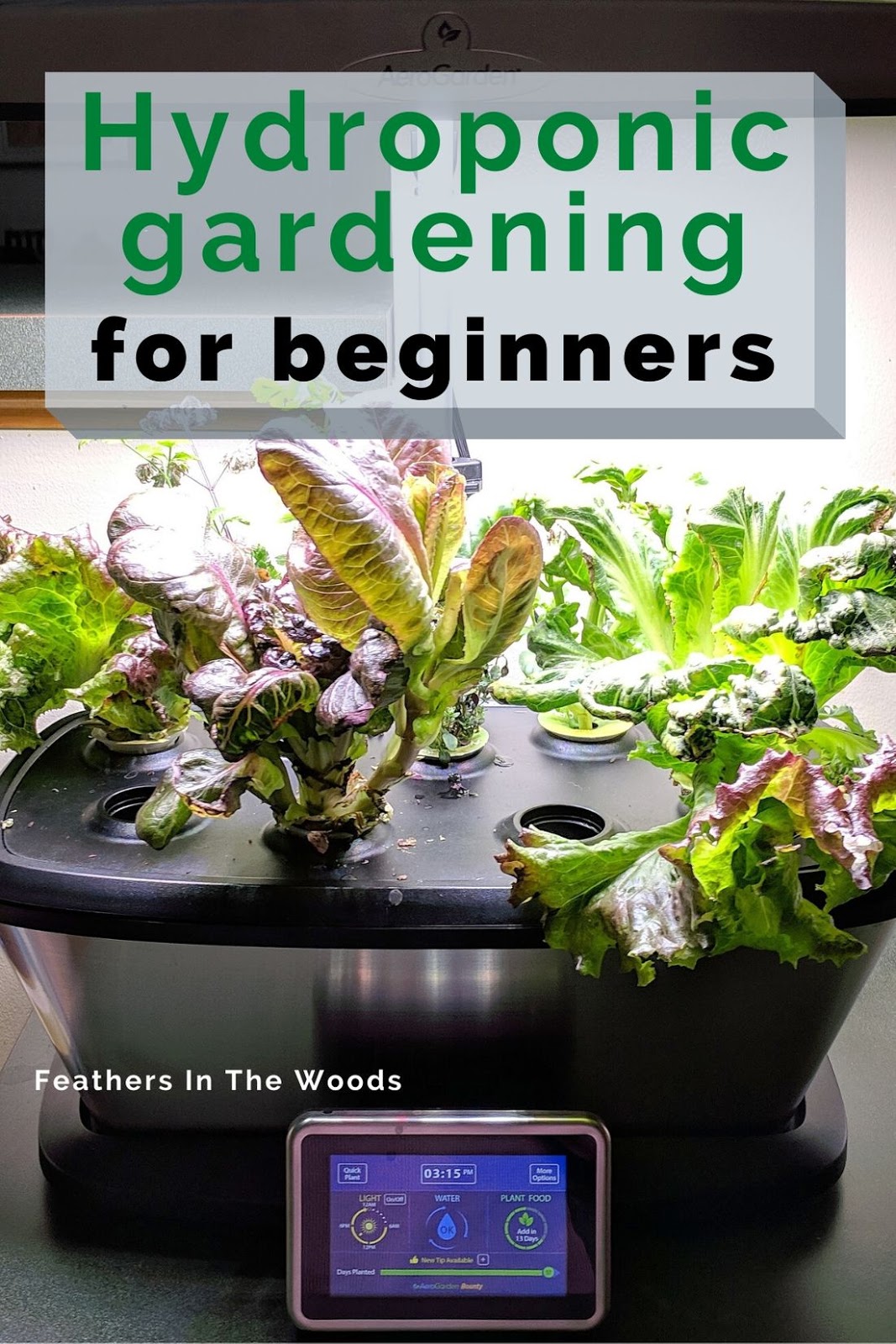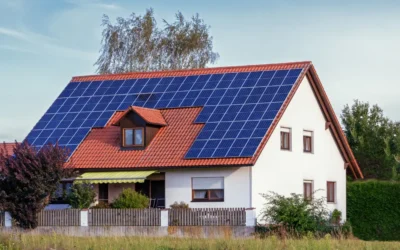Hydroponic gardens are suitable for growing a wide range of plants, including leafy greens, herbs, tomatoes, cucumbers, and strawberries. In hydroponic gardening, plants are grown without soil, using nutrient-rich water as a growing medium.
With the right combination of water, nutrients, and lighting, hydroponic gardens can produce high yields of fresh and healthy produce.

Credit: www.fix.com
Benefits Of Hydroponic Gardening
Hydroponic gardening offers numerous benefits, making it an ideal method to grow a variety of plants. From fresh vegetables to vibrant herbs and even exotic flowers, a hydroponic garden provides the perfect environment for nurturing and harvesting a range of healthy and thriving plants.
Hydroponic gardening offers several benefits that make it an attractive option for both beginner and experienced gardeners. With this innovative gardening method, you can enjoy fast growth, year-round gardening, and efficient water conservation.
Fast Growth
One of the major advantages of hydroponic gardening is its ability to promote rapid plant growth. By delivering nutrients directly to the plant roots in a controlled environment, hydroponics eliminates the need for plants to search for nutrients in the soil. This allows them to grow at an accelerated rate, ensuring a quick and bountiful harvest.
Year-round Gardening
Forget waiting for the right season to indulge in your green thumb. Hydroponic gardening allows you to grow plants year-round, regardless of climatic conditions. With a controlled indoor environment, you can create the perfect conditions for optimal growth, ensuring a consistent supply of fresh produce throughout the year.
Water Conservation
Water scarcity is a growing concern, and hydroponic gardening presents a sustainable solution. Unlike traditional soil-based gardening, hydroponics uses significantly less water by recycling and reusing it within the system. With precise nutrient delivery, water usage is reduced, making hydroponics an eco-friendly choice.
The benefits of hydroponic gardening are clear – fast growth, year-round gardening, and water conservation. The controlled environment and nutrient-rich water promote rapid and abundant plant growth, allowing you to enjoy the fruits of your labor more quickly. Say goodbye to seasonal limitations and hello to a sustainable and efficient gardening method.

Credit: extension.umn.edu
Factors To Consider
When deciding what to grow in your hydroponic garden, it is important to consider factors such as space availability, nutrient requirements, growth rates, and personal preferences. By taking these factors into account, you can ensure a successful and diverse hydroponic garden.
Factors to Consider When setting up a hydroponic garden, it’s essential to take various factors into account to ensure successful plant growth. The available space, climate and temperature, as well as lighting, play crucial roles in determining what to grow in a hydroponic garden. Available Space Allocating the appropriate amount of space for your hydroponic garden is vital for the successful growth of your plants. Consider the size of the plants you intend to grow and ensure that there is enough room for their roots to spread out. Opt for a location with adequate vertical and horizontal space to accommodate your chosen plant varieties. Climate and Temperature Understanding the environmental conditions in which your hydroponic garden will be situated is crucial. Different plants require specific climate and temperature conditions for optimal growth. Ensure that the temperature of the environment is suitable for the plants you intend to grow. If necessary, use climate control technology to create the ideal conditions for your hydroponic garden. Lighting Proper lighting is essential for the growth of plants in a hydroponic system. Consider the light requirements of the plants you wish to grow and ensure that your hydroponic setup can provide the necessary amount and quality of light. LED grow lights are often preferred for their energy efficiency and customizable spectrum, making them suitable for a wide range of plant species. By considering these factors, you can make informed decisions about what to grow in your hydroponic garden, setting the stage for successful plant cultivation.Crop Selection For Hydroponic Gardens
Hydroponic gardens offer a wide range of crop options, including leafy greens, herbs, tomatoes, peppers, and strawberries. These plants thrive in nutrient-rich water, providing an ample supply of fresh produce for a diverse and sustainable garden. Choose crops based on the system’s size, available light, and environmental conditions for a thriving hydroponic garden.
Hydroponic gardening is a popular method for growing plants without soil, allowing you to cultivate a wide variety of crops in a controlled indoor environment. When it comes to selecting crops for your hydroponic garden, it’s important to choose plants that thrive in this unique growing system. In this article, we will explore some of the best options for hydroponic gardening, including leafy greens, herbs, tomatoes, cucumbers, and strawberries.Leafy Greens
Leafy greens such as lettuce, spinach, and kale are excellent choices for hydroponic gardens. With their shallow root systems and rapid growth rates, these crops are an ideal fit for the nutrient-rich water solutions used in hydroponics. Plus, you can enjoy an abundant harvest of fresh, tender greens throughout the year. Lettuce varieties like Butterhead, Romaine, and Bibb, along with nutritious spinach and nutrient-rich kale, will thrive in your hydroponic setup.Herbs
If you are a fan of fresh herbs, hydroponic gardening is a fantastic way to grow your own aromatic plants. From basil and cilantro to mint and parsley, herbs thrive in hydroponic systems. These plants require minimal space and can be harvested regularly to add a burst of flavor to your culinary creations. Cultivating herbs in a hydroponic garden ensures a year-round supply of fragrant and tasty herbs right at your fingertips.Tomatoes
Who doesn’t love the taste of juicy, homegrown tomatoes? Fortunately, hydroponics offers an optimal growing environment for these delicious fruits. Tomato plants grown hydroponically tend to be healthier and more productive than their soil-grown counterparts. With a wide range of tomato varieties available, you can choose from cherry tomatoes, beefsteak tomatoes, or even heirloom tomatoes to suit your taste preferences. Invest in high-quality tomato seeds or seedlings to kickstart your hydroponic tomato garden.Cucumbers
Crunchy and refreshing, cucumbers are another great crop to grow in a hydroponic garden. These vining plants adapt well to the controlled environment of hydroponics and produce a bountiful harvest of crisp cucumbers. English cucumbers, which are long and slender, are commonly grown in hydroponic systems. With proper care and attention, you can enjoy a plentiful supply of homegrown cucumbers throughout the year, perfect for salads, sandwiches, and pickling.Strawberries
Imagine plucking fresh, ripe strawberries from your hydroponic garden. With the right setup and care, you can make this dream a reality. From strawberry towers to nutrient film technique (NFT) systems, there are various hydroponic methods you can use to cultivate these sweet and succulent fruits. Hydroponically grown strawberries are not only delicious but also visually appealing, making them a beautiful addition to your indoor garden. By selecting the appropriate strawberry varieties and providing the right growing conditions, you can enjoy a consistent supply of these delightful berries. In conclusion, selecting the right crops is crucial for a successful hydroponic garden. Leafy greens, herbs, tomatoes, cucumbers, and strawberries are all excellent choices that can thrive in this soilless growing system. By cultivating these crops in your hydroponic garden, you can enjoy a consistent supply of fresh, nutritious produce throughout the year. So, roll up your sleeves and start planning your hydroponic garden – a world of delicious possibilities awaits!
Credit: www.feathersinthewoods.com
Nutrient Requirements
Growing plants in a hydroponic garden offers a unique advantage – complete control over the nutrient supply. This means you can tailor the nutrient solution to meet the specific needs of your plants. Understanding the essential macronutrients and micronutrients required for healthy plant growth is crucial for a successful hydroponic garden.
The macronutrients are the primary nutrients that plants require in large quantities. These essential elements play a vital role in the growth and development of plants. Here are the key macronutrients needed for thriving hydroponic plants:
- Nitrogen (N): Nitrogen is essential for lush green foliage and overall plant growth.
- Phosphorus (P): Phosphorus is crucial for root development, flower formation, and fruit production.
- Potassium (K): Potassium promotes strong stems, disease resistance, and the overall health of plants.
- Calcium (Ca): Calcium is important for cell wall development and preventing nutrient deficiencies.
- Magnesium (Mg): Magnesium is a key component of chlorophyll, enabling photosynthesis and plant growth.
- Sulfur (S): Sulfur contributes to protein synthesis, enzyme function, and overall plant vigor.
Micronutrients are essential elements required by plants in trace amounts. These nutrients play a vital role in various metabolic processes, ensuring optimal growth and development. Here are some important micronutrients for your hydroponic garden:
| Micronutrient | Functions |
|---|---|
| Iron (Fe) | Essential for chlorophyll production and energy transfer processes. |
| Zinc (Zn) | Aids in enzyme function and hormone regulation. |
| Manganese (Mn) | Involved in photosynthesis and enzyme activation. |
| Boron (B) | Key for cell division, calcium uptake, and carbohydrate metabolism. |
| Copper (Cu) | Essential for photosynthesis and enzyme reactions. |
| Molybdenum (Mo) | Required for nitrogen fixation and enzyme systems. |
| Chlorine (Cl) | Plays a role in photosynthesis and osmotic balance. |
By ensuring the proper balance of macronutrients and micronutrients, you can optimize your hydroponic garden’s overall health and productivity. Remember to monitor nutrient levels regularly and adjust as needed to provide your plants with the ideal growing conditions. Happy hydroponic gardening!
Best Practices For Hydroponic Gardening
Proper Ph Levels
Maintaining proper pH levels is crucial in a hydroponic garden. The ideal pH range for most hydroponic plants is between 5.5 and 6.5. For optimal growth, monitor the pH regularly and adjust it as needed using pH up or pH down solutions. Ensure that the nutrient solution is within the recommended pH range to avoid nutrient deficiencies or toxicities.
Monitoring Water Quality
Water quality is essential for the success of a hydroponic garden. Regularly test the water for levels of dissolved oxygen, electrical conductivity, and nutrient concentrations. Use a quality water filtration system to remove impurities and maintain clean, oxygenated water for the plants.
Choosing The Right Growing Medium
The choice of the growing medium significantly impacts plant growth in hydroponic systems. Consider options such as perlite, coco coir, or clay pebbles that provide adequate support for the plants and excellent drainage. Select a medium that suits the specific needs of the plant species and the hydroponic system being used.
Maintaining Proper Air Circulation
Adequate air circulation is essential for delivering oxygen to the plant roots and preventing the development of mold and mildew. Use fans to circulate the air within the grow area and maintain a consistent temperature and humidity. Proper air circulation helps in maintaining the overall health and productivity of the hydroponic garden.
Conclusion
Incorporating a hydroponic garden into your home can yield an array of fresh produce. From leafy greens to flavorful herbs, the options are endless. By carefully choosing the right plants for your setup, you can enjoy the benefits of hydroponic gardening all year round.
Start your indoor garden today for a bountiful harvest tomorrow.








